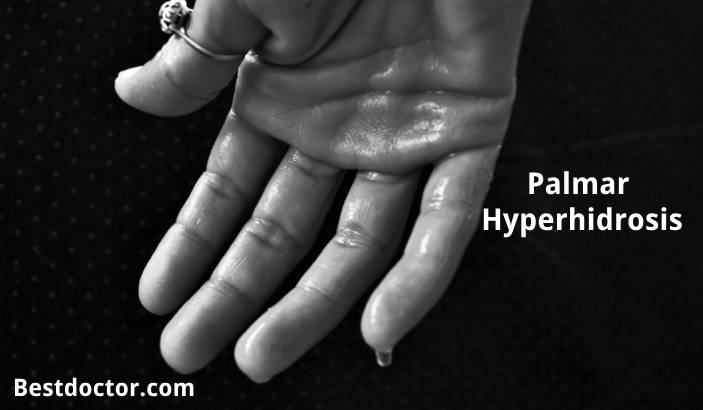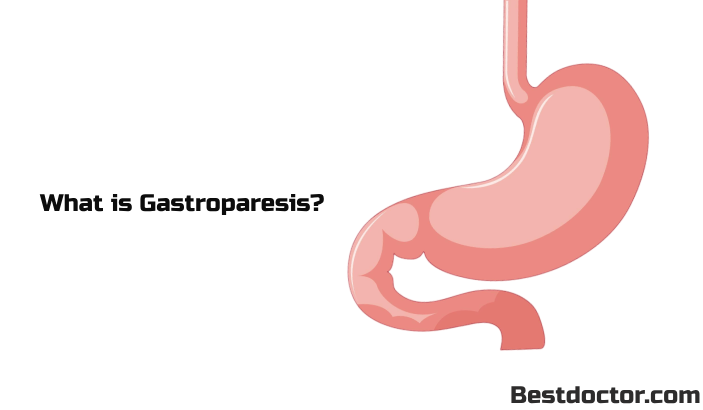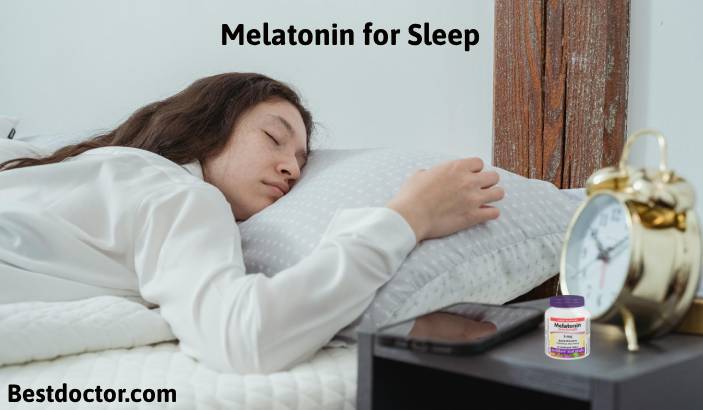Palmar hyperhidrosis is a condition characterized by excessive sweating of the hands, affecting approximately 1-3% of the population worldwide. For those who suffer from it, the condition goes beyond mere discomfort—it can lead to social anxiety, difficulty performing everyday tasks, and a significant impact on quality of life. Though palmar hyperhidrosis is not life-threatening, its effects can be debilitating in a personal and professional context.
What is Palmar Hyperhidrosis?
Palmar hyperhidrosis refers to excessive and uncontrollable sweating of the palms. It is one of the most common forms of hyperhidrosis, a medical condition involving abnormal sweating beyond what the body requires to regulate temperature. While sweating is a normal bodily function, those with palmar hyperhidrosis experience sweating to an extreme degree, even when the body does not need to cool down.
This condition often begins in childhood or adolescence and can persist into adulthood. For many, it is a chronic condition that can interfere with daily activities like writing, holding objects, or shaking hands. The psychological and social impact of palmar hyperhidrosis can be profound, leading to embarrassment, social withdrawal, and decreased self-esteem.
Causes of Palmar Hyperhidrosis
The exact cause of palmar hyperhidrosis remains unclear, but it is thought to involve the overactivity of the sympathetic nervous system, which controls sweating. This system is responsible for the body’s fight-or-flight response and the regulation of body temperature. In people with palmar hyperhidrosis, the sympathetic nerves that stimulate the sweat glands in the palms are hyperactive, leading to excessive sweating even in cool temperatures or when the person is at rest.
There are two primary categories of hyperhidrosis: primary focal hyperhidrosis and secondary generalized hyperhidrosis.
- Primary Focal Hyperhidrosis
- Genetic Component: Primary focal hyperhidrosis, which includes palmar hyperhidrosis, is usually idiopathic, meaning there is no known underlying cause. However, research suggests that genetics play a role. People with primary focal hyperhidrosis often have a family history of the condition, pointing to a hereditary link.
- Localized Sweating: Primary hyperhidrosis tends to affect specific areas of the body—such as the hands, feet, underarms, and face—rather than generalized sweating. This form typically starts in childhood or adolescence and persists throughout life.
- Secondary Generalized Hyperhidrosis
- Medical Conditions: Secondary hyperhidrosis is caused by an underlying medical condition or the use of certain medications. Conditions like hyperthyroidism, diabetes, anxiety disorders, or infections can lead to excessive sweating. In this case, the sweating is not limited to the palms but can affect the entire body.
Symptoms of Palmar Hyperhidrosis
The primary symptom of palmar hyperhidrosis is excessive sweating of the hands, often making them appear wet or damp to the touch. This sweating can range from mild moisture to severe dripping. However, the symptoms of palmar hyperhidrosis go beyond the physical, affecting both the psychological well-being and daily activities of those who suffer from it.
Common Symptoms:
- Excessive Moisture: The palms become visibly sweaty, sometimes so much that the sweat drips from the fingertips. The hands may be constantly damp, even in air-conditioned environments or when the person is not physically active.
- Cold and Clammy Hands: Despite the sweating, individuals with palmar hyperhidrosis notice their hands feel cold and clammy due to the moisture’s evaporation, which can lead to discomfort.
- Difficulty Gripping Objects: Excessive moisture makes it hard to hold onto everyday items like pens, paper, smartphones, or doorknobs. It can also make certain tasks, like playing a musical instrument or using tools, frustrating.
- Social Embarrassment: Shaking hands, a common social gesture, becomes an anxiety-inducing situation. People with palmar hyperhidrosis often go to great lengths to avoid social interactions that involve physical contact.
- Skin Irritation: The constant wetness of the hands can lead to irritation or maceration (softening) of the skin, making the hands prone to infections or fungal growth.
Diagnosis of Palmar Hyperhidrosis
Diagnosing palmar hyperhidrosis typically involves a thorough medical history and physical examination by a healthcare professional. The doctor will assess the severity and frequency of the sweating episodes and perform tests to confirm the diagnosis and rule out secondary causes of hyperhidrosis.
Common Diagnostic Tests Include:
- Starch-Iodine Test: A solution of iodine is applied to the palms, followed by the application of starch. When the palms sweat, the starch-iodine mixture turns dark blue, allowing the doctor to assess the extent of sweating.
- Gravimetric Measurement: A piece of absorbent paper is placed on the palms to measure the amount of sweat produced. The paper is weighed before and after the test to determine the rate of perspiration.
- Thermoregulatory Sweat Test: This test involves applying a powder to the body, which changes color when it comes into contact with sweat. It helps to visualize the areas of the body that sweat excessively and can help differentiate between primary and secondary hyperhidrosis.
Treatment Options for Palmar Hyperhidrosis
Several treatment options are available to manage palmar hyperhidrosis, ranging from conservative approaches to more invasive procedures. The choice of treatment depends on the severity of the condition and the individual’s preference.
- Topical Antiperspirants
- Aluminum Chloride-Based Solutions: Over-the-counter and prescription-strength antiperspirants containing aluminum chloride are often the first line of treatment for palmar hyperhidrosis. These solutions work by blocking the sweat ducts and reducing sweat production. However, they cause skin irritation and are not always effective for severe cases.
- Iontophoresis
- Non-Invasive Electrical Therapy: Iontophoresis involves using a mild electrical current to temporarily block the sweat glands in the palms. During the procedure, the hands are submerged in water while a low electrical current passes through. This treatment is safe and effective for many individuals and can be done at home with a portable device. Maintenance treatments are usually required to control symptoms over time.
- Botulinum Toxin Injections (Botox)
- Temporary Sweat Blocker: Botox injections are FDA-approved for treating hyperhidrosis. When injected into the palms, Botox temporarily blocks the chemical signals that activate the sweat glands. The effects typically last 4-6 months, after which the treatment needs to be repeated. While effective, the procedure can be painful due to the sensitivity of the palms.
- Oral Medications
- Anticholinergic Drugs: These medications work by blocking the neurotransmitters that stimulate sweat production. However, they are associated with side effects like dry mouth, blurred vision, and urinary retention, making them less desirable for long-term use.
- Surgery
- Endoscopic Thoracic Sympathectomy (ETS): For severe cases of palmar hyperhidrosis that do not respond to other treatments, surgery may be considered. ETS is a minimally invasive procedure that involves cutting or clamping the sympathetic nerves responsible for sweating in the hands. While ETS is highly effective, it comes with the risk of compensatory sweating, where the body starts sweating more in other areas to compensate for the loss of sweating in the palms.
Living with Palmar Hyperhidrosis
Managing palmar hyperhidrosis can be challenging, but there are practical steps individuals can take to cope with the condition:
- Use Absorbent Products: Carrying absorbent tissues or towels can help manage the moisture in everyday situations.
- Powders and Lotions: Talcum powder or moisture-absorbing creams can help reduce the slipperiness of the palms and make it easier to grip objects.
- Gloves: Wearing moisture-wicking gloves can be helpful when performing tasks that require a secure grip, such as driving or using tools.
- Hydration and Diet: Staying hydrated and avoiding caffeine, spicy foods, and alcohol help reduce sweating for some individuals.
Palmar hyperhidrosis is a common condition that can significantly impact daily life, leading to physical discomfort and social anxiety. Although the cause is not fully understood, advances in treatments such as iontophoresis, Botox injections, and even surgery offer hope for those seeking relief. Consulting with a healthcare professional is essential for finding the best treatment plan tailored to an individual’s needs.







